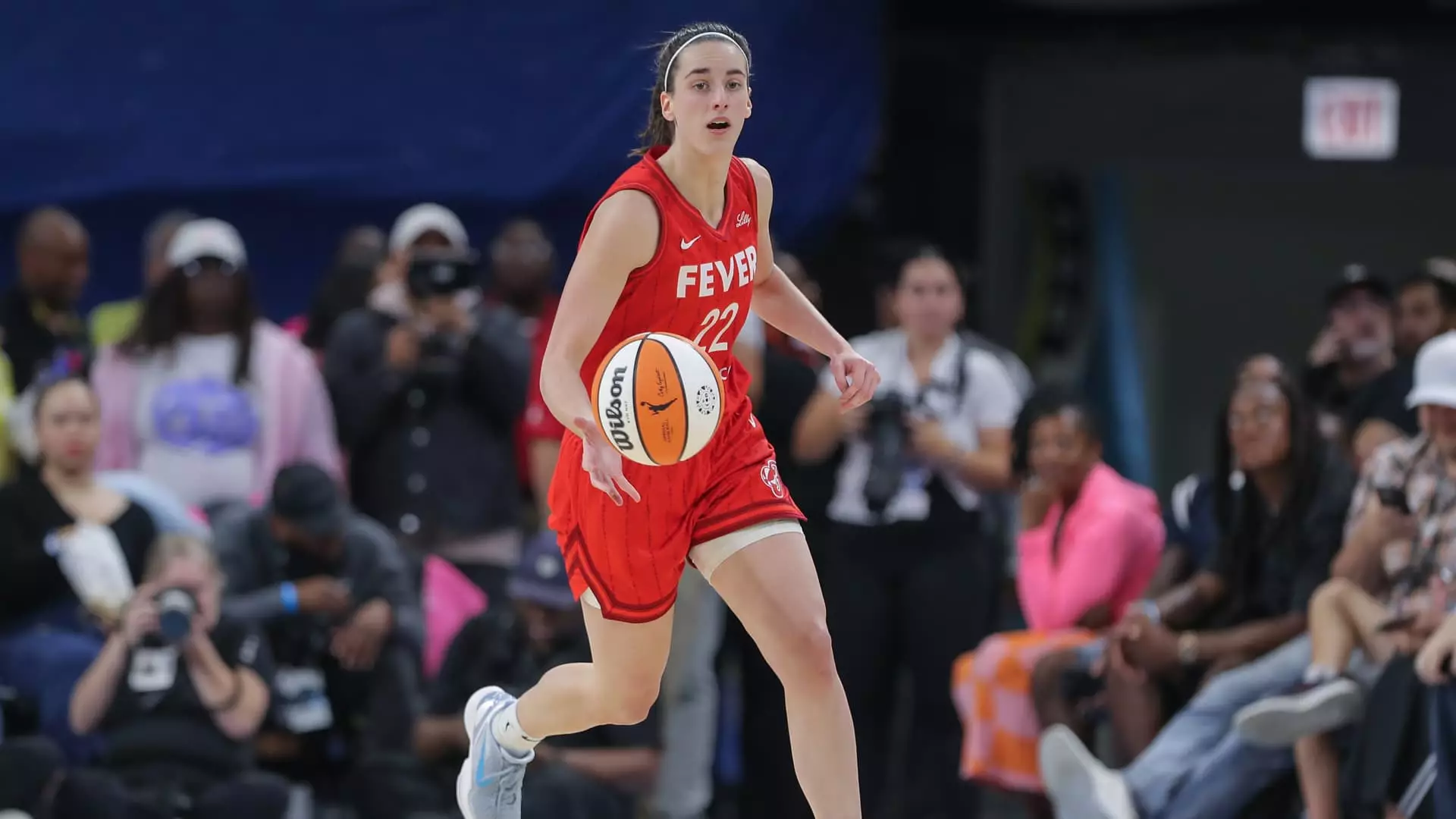In an era where women’s sports are finally receiving the recognition they deserve, the WNBA’s partnership with E.W. Scripps marks a pivotal moment in broadcasting history. All eyes now are on Ion as it prepares to air Friday night WNBA matchups, expanding the league’s visibility and enthusiasm among fans. The multiyear media rights agreement signifies not only a financial boost but also a cultural shift that female athletes have fought tirelessly to achieve. As part of this deal, the introduction of the “WNBA on Ion” studio show reflects a growing commitment to highlighting women’s sports on a grander scale. Here, one can observe a seismic shift where traditional perceptions of gender roles in sports are being challenged.
Breaking Records and Stereotypes
What’s particularly compelling is the 133% year-over-year growth in viewership that Ion has reported since the inception of the WNBA Friday Night Spotlight. This isn’t just a number. It’s an affirmation of women athletes who have historically been marginalized in mainstream sports media. The influx of 23 million unique viewers underscores a yearning from the public to see competitive women’s basketball, indicative of a broader trend that Kickstarter-oriented companies can leverage in storytelling.
Moreover, WNBA stars such as Caitlin Clark and Angel Reese have not only elevated their own status but have also become the poster figures of a generation longing for female role models in sports. They serve as reminders that the WNBA is not merely a supplementary aspect of basketball culture but an essential element worthy of its stage.
The Value of Exposure
While the exact financial details of the new deal remain undisclosed, the previous arrangement reportedly sat at a substantial average of $13 million annually. Such figures should serve as a wake-up call to corporate sponsors who have lagged behind in recognizing the profitability of women’s sports. The significant investment in airing 50 regular season games highlights a blossoming ecosystem that is catching the eyes of potential investors capable of fueling further growth.
Critically, the deal adds a level of sustainability for the league as many women-centric sports struggle to break even. This is a moment for proactive market forces to step in and amplify not just the WNBA but women’s athletics in general, creating a new paradigm in sport where women receive opportunities on par with their male counterparts.
Challenges Ahead
Despite the advancements, cynics may point to underlying issues that continue to plague women’s sports—disparity in funding, visibility, and media representation remain salient. While the partnership with Scripps conveys hope, deep-rooted cultural biases have yet to be eradicated. The significant investment and viewer growth are encouraging, but they must translate into systemic changes within media infrastructures that have long favored male athletes.
In a politically charged climate where equality in sports is fervently debated, the WNBA’s rise may serve as a litmus test for broader societal attitudes. Can corporate America embrace this shift, or will it revert to antiquated norms that undermine the progress made? The reality is that while deals like the one with Ion are promising, continuous vigilance and support are necessary to ensure that women’s sports not only flourish but dominate the landscape. The next steps in this evolving narrative are crucial, and one can only hope that they will lead to even more groundbreaking achievements.

